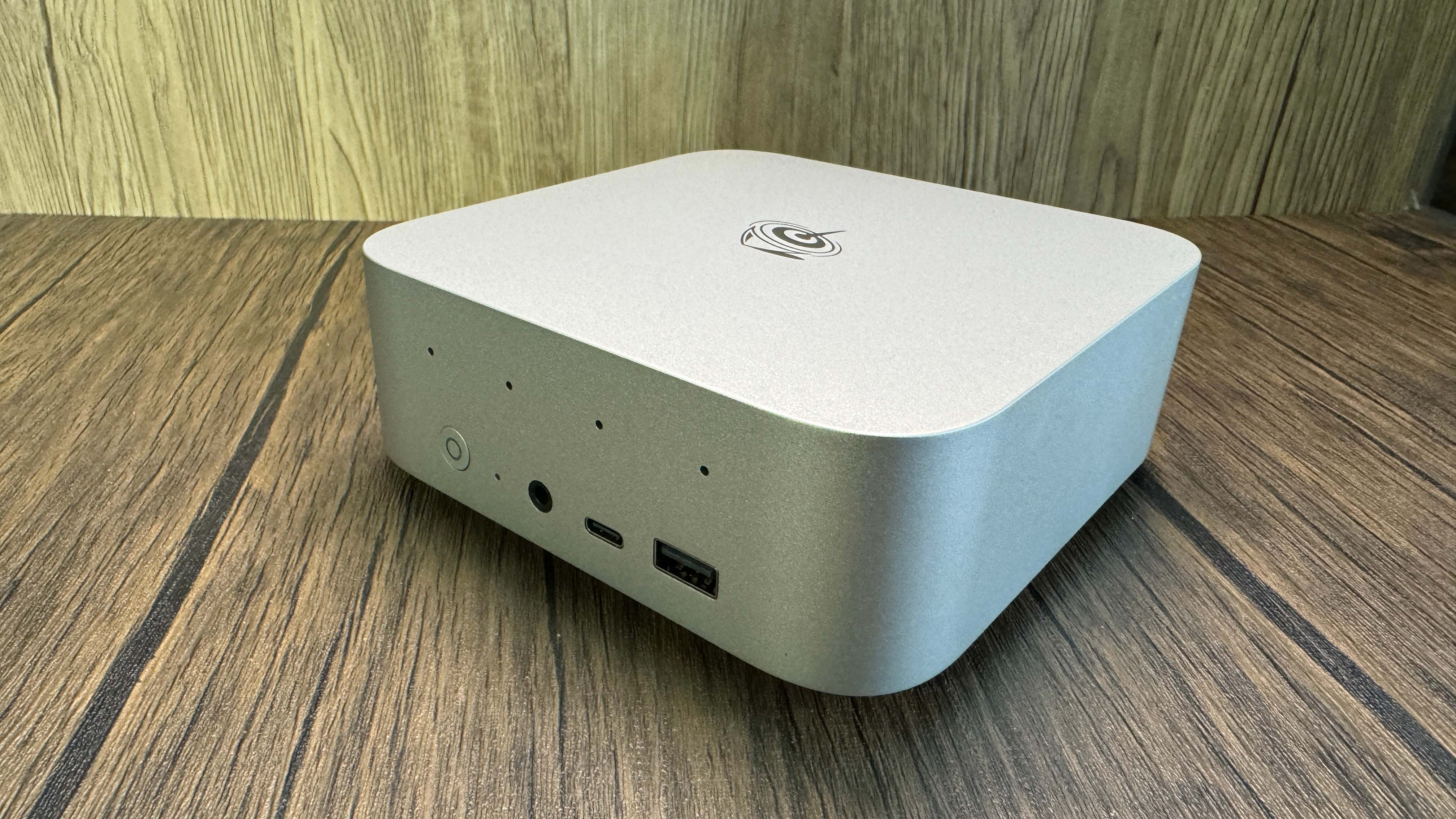
AMD's Strix Point Ryzen APUs landed this year, and began rolling out in notebooks to a chorus of high praise. These smashing mobile processors come armed with AMD's new RDNA 3.5 integrated graphics architecture, aka the Radeon 890M. Laptop manufacturers often select low-power variants of APUs, or set lower TDP limits, in order to preserve battery life and minimise heat. That's prudent in a mobile context, but what if your use-case is the desktop? I say plug it in and give it all the watts!
Enter the Beelink SER9 mini PC, sporting the Ryzen AI 9 HX 370: AMD's top-shelf Strix Point APU. Yep, new chip generation, baffling new chip designation… it's almost like AMD is in competition with Intel not simply for market-share, but to see who can troll consumers the hardest.
At any road, you may be assured that the HX 370 is a step up in performance from AMD's Zen 4 Ryzen 8000-series APUs, and outperforms Intel's Meteor Lake headliner, the Core Ultra 9 185H.
Strix Point also marks an architectural gearshift for AMD. Rather than fielding a bunch of identical cores like previous Ryzen CPUs, it's a dual-cluster design of four Zen 5 cores which run up to 5.1GHz, and eight Zen 5c (compact) cores, which are smaller, more power-efficient, generate less heat, have half the L3 cache, and max out at 3.3GHz. Intel led the way on the big/little philosophy with its 12th Gen CPUs, but this is new ground for AMD.
APU: AMD Ryzen AI 9 HX 370
iGPU: Radeon 890M
Memory: 32GB LPDDR5 7500MHz
Storage: 1TB M.2 SSD
Wireless: WiFi 6, Bluetooth 5.2
I/O: 4x USB 3.2, 1x USBC, 1x USB 4, 2.5G LAN, 2x 3.5mm audio jack, 1x DP 1.4, 1x HDMI 2.0, quad-mic array
Price: $999 | £761
There's also a heavier focus on AI—the clue's in the name—so the AI 9 HX 370 also sports an NPU (Neural Processing Unit) capable of delivering 50 TOPS, or trillions of operations per second, the defining metric for NPUs. Beelink claims this rises to 80 TOPS if the CPU and iGPU cores get in on the action, which far exceeds the 40 TOPS threshold required to qualify for Microsoft's Copilot-branded PC initiative. The SER9 isn't Copilot branded, but there's plenty of poke there to manage useful AI tasks such as voice recognition, smart noise-suppression in calls and such.
Beelink suggests the SER9 is also suitable for text-prompt art-gen models such as stable diffusion; it'll never be as quick as setting a hench GPU loose on the task, but it's a nice-to-have all the same. AI still has bags of untapped potential, but my interest won't be intensively piqued until NPC behaviour and dialogue in games starts getting the Neural Processing treatment.
The SER9 can run the HX 370 in balanced (54W) or performance (65W) modes, and happily I found that switching to the latter makes zero difference to its noise output—it cools the APU effectively and remains extremely quiet even at full tilt. In fact, the only thing that kicked the cooling-fan into overdrive was Forza Motorsport's shader-compiling process, which that particular title seems to want to do every time I blink.
Benchmarking highlights a solid performance uplift over the previous top iGPU, AMD's Radeon 780M. Which is no surprise, as the 890M features 25% more Compute Units, Shader Units and RT cores than the 780M, among other improvements. This makes it capable of knocking out 5.9 TFLOPS to the 780M's 4.3 TFLOPS. So: bigger, better, faster, more, basically.
Gains vary per game, but let's start with the chart-topper. The Radeon 780M in a Ryzen 9 7940HS running at 65W TDP averages around 50 fps in Cyberpunk, at 1080p, medium settings, Frame Gen and FSR set to balanced, which is none too shabby. The 890M in the SER 9 boosts that to a gangbusting 88 fps average at the same settings, with 1% lows remaining above 60 fps. I think that's simply incredible for an iGPU.
Not every game is going to see such a dramatic improvement, but it's still gains all round for the 890M at 1080p and medium settings, when set against the 780M. Warhammer III sees performance hikes of 26% in campaign and 25% in battle, reaching 38 fps and 53 fps respectively. Forza Motorsport sees a 14% uplift to 53 fps, though Homeworld 3's built-in benchmark, which always benefits from greater CPU grunt, only sees a boost of 1 fps, so no change there. The 780M was always happy with indie titles, and the 890M even more so; I threw Stray and Subnautica its way and it returned averages of 68 fps and 82 fps respectively. So it's all good news. In a nutshell, the Radeon 890M is the new king of the iGPU hill.
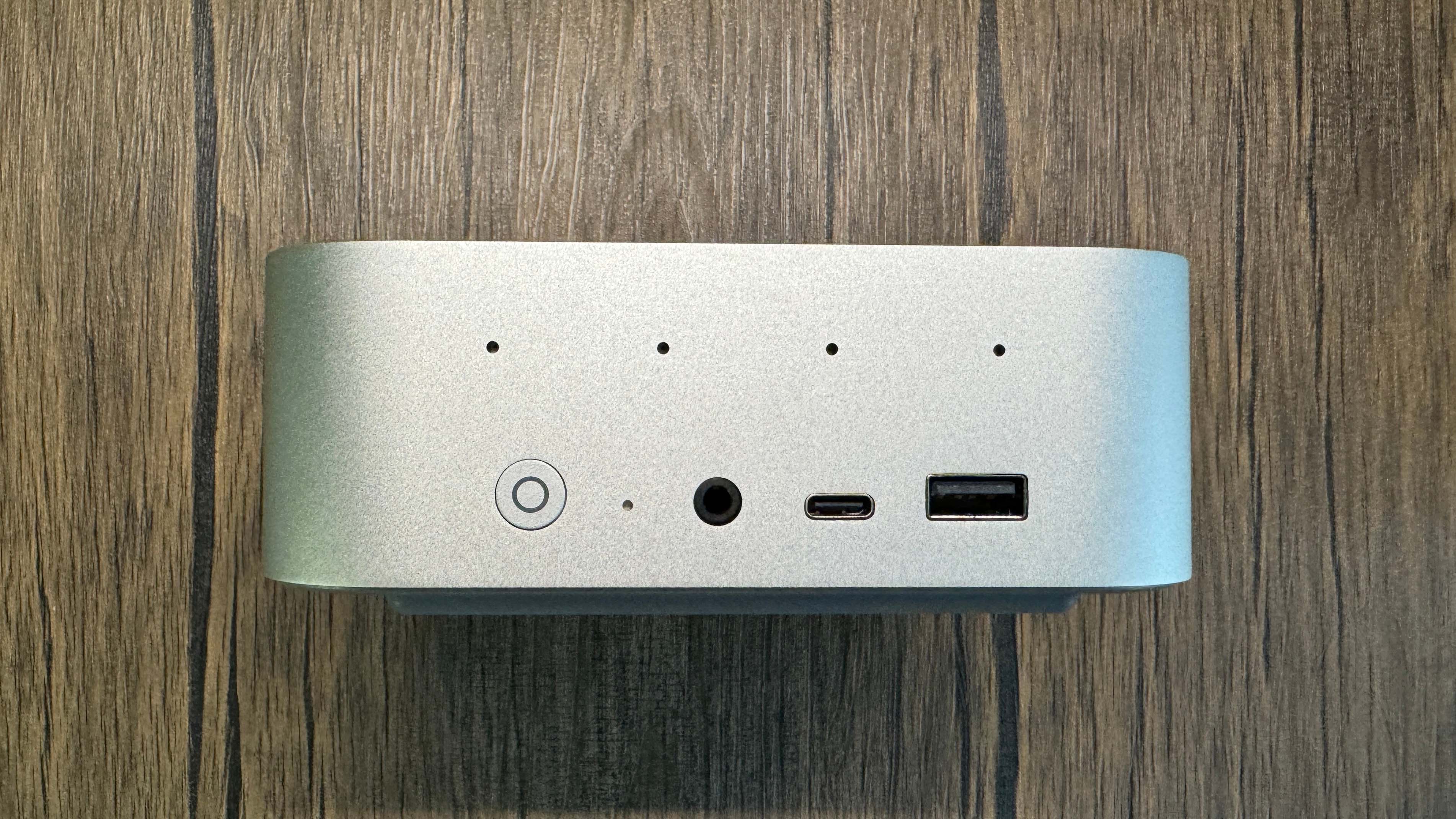
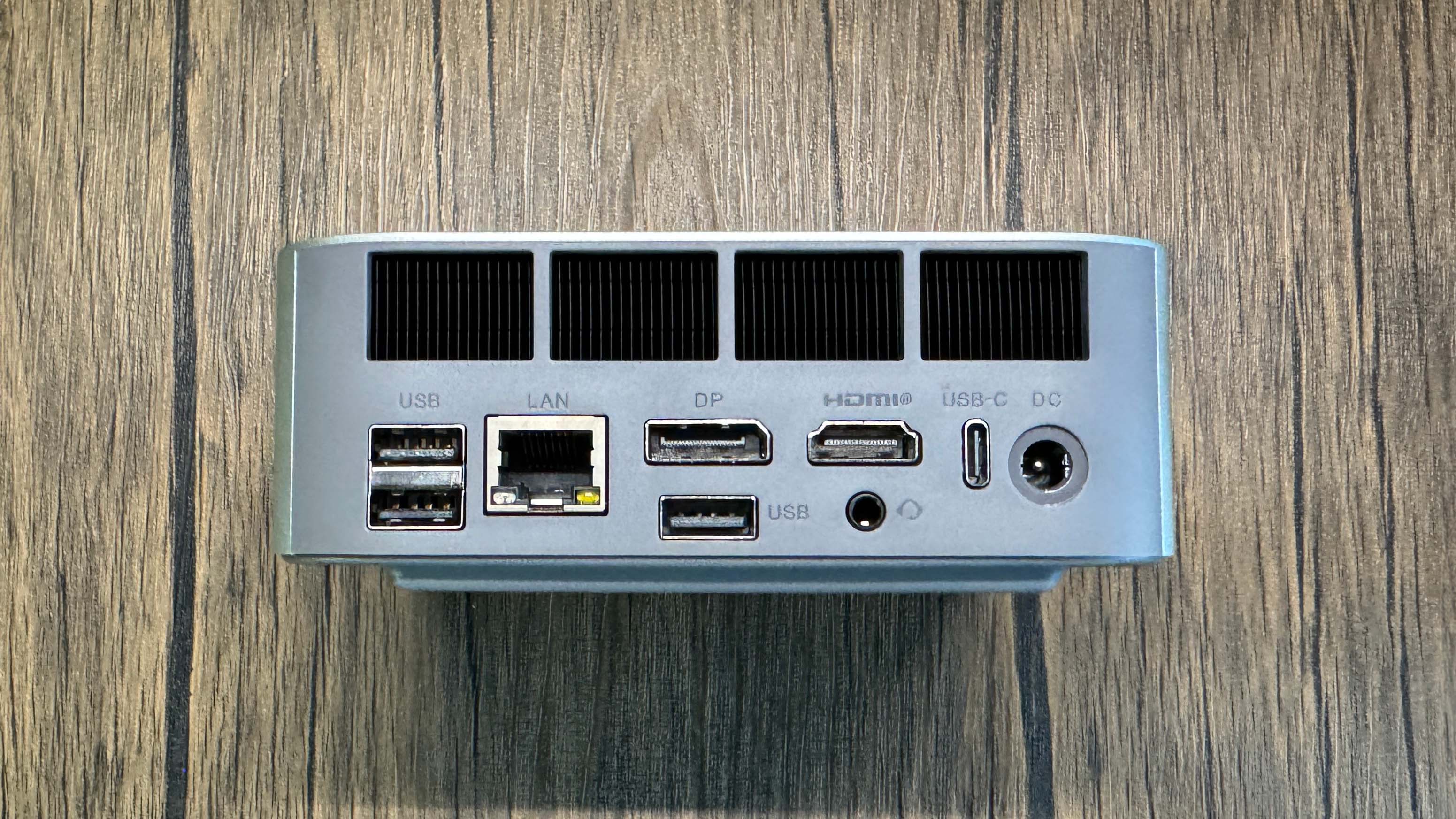
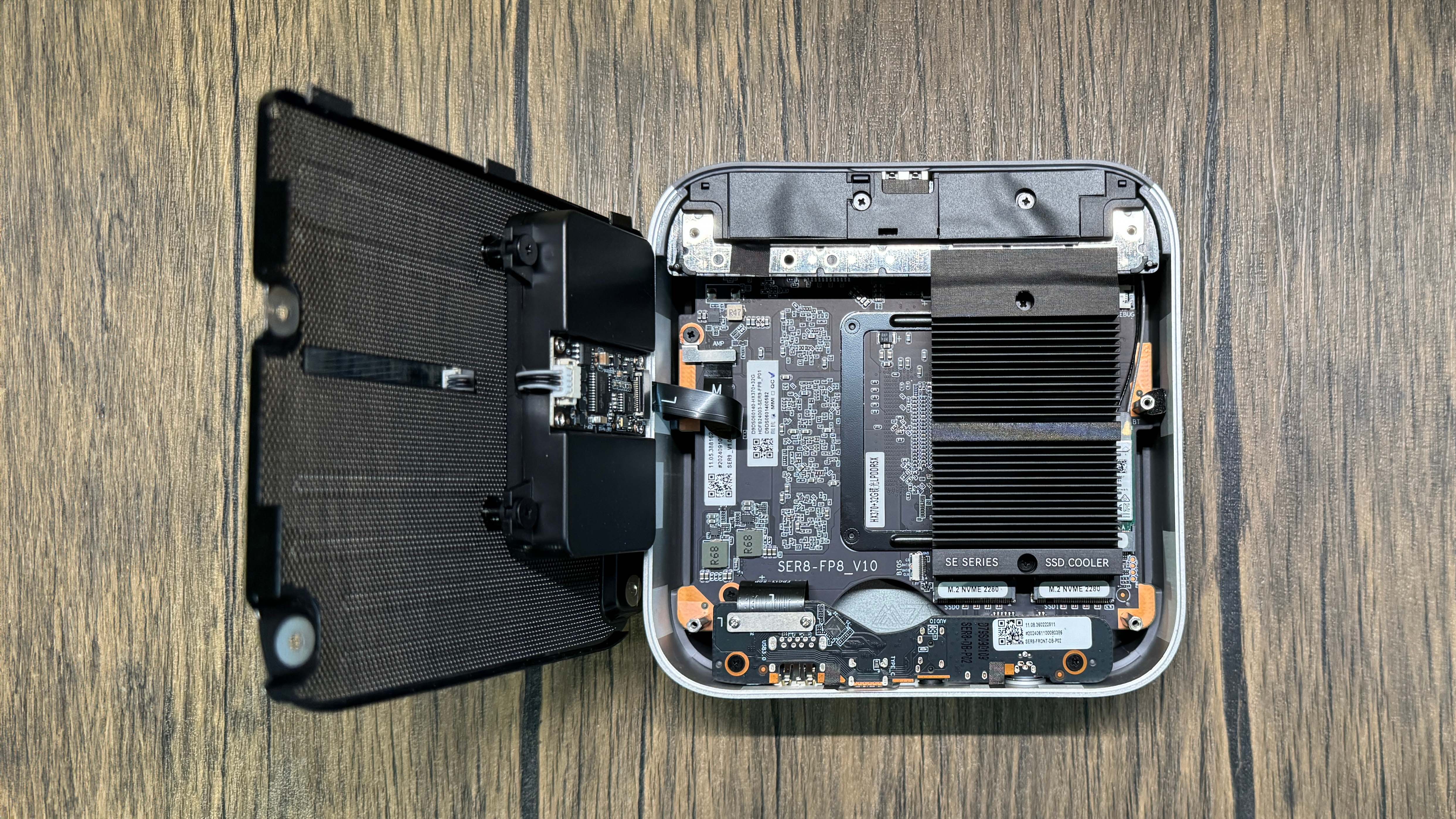
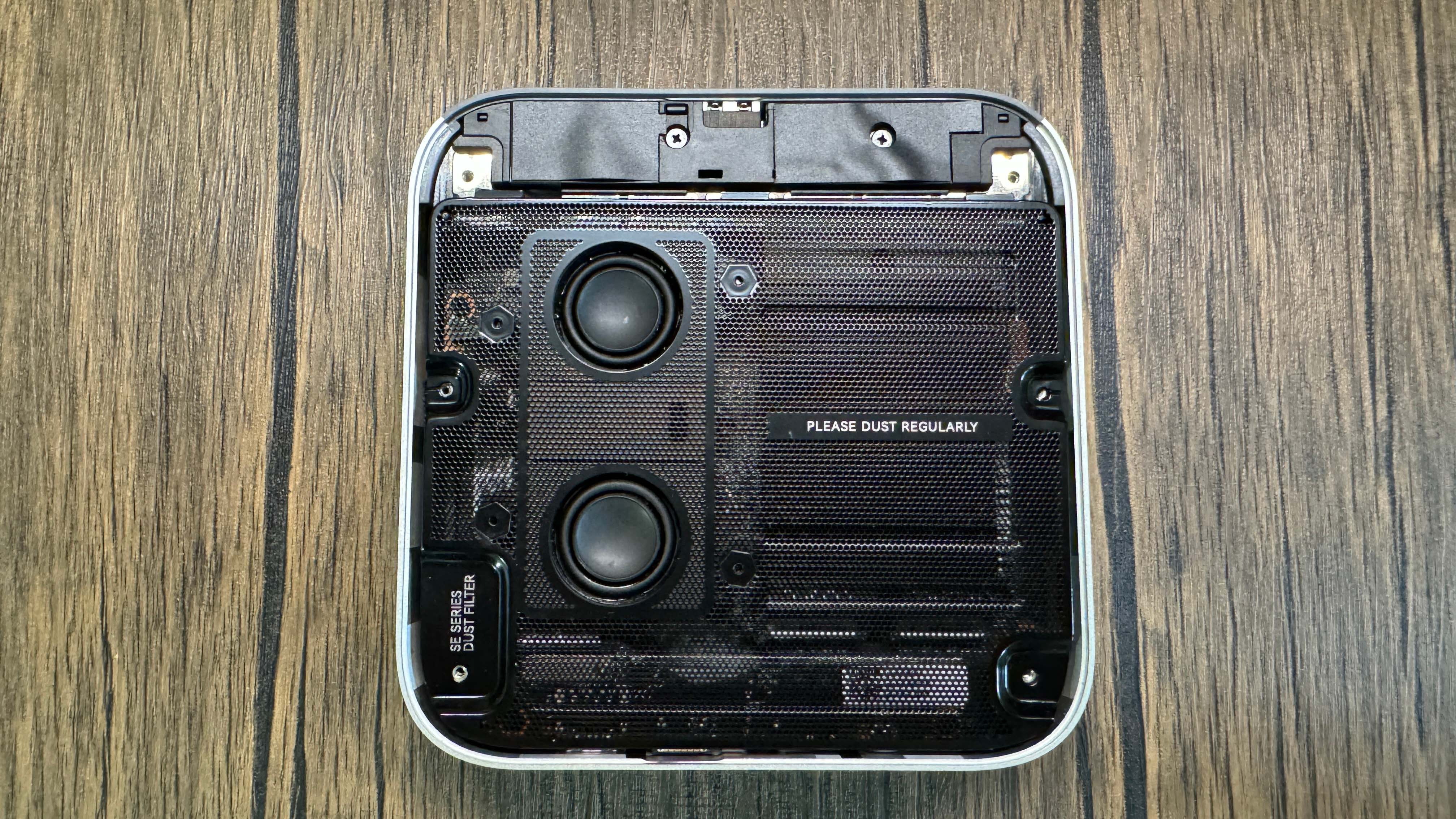

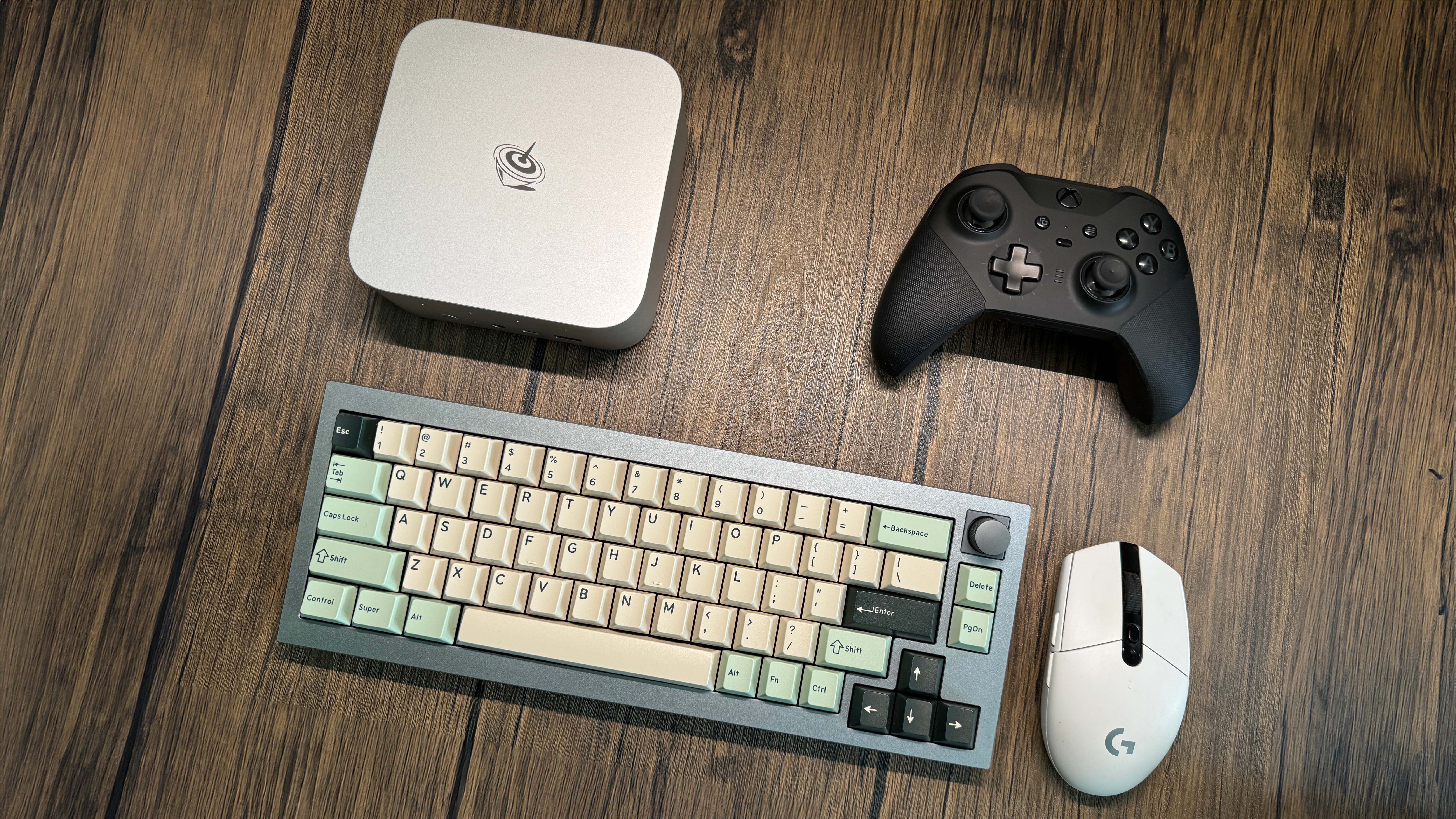
So how about the rest of the SER9 package? RAM-wise it packs 32 GB of LPDDR5-7500, and it's quick off the mark. Benchmarked against 32 GB of 5600MHz desktop DDR5 using MaxxMem, it has only 6% higher read-speeds, but outperforms the desktop RAM with 22% faster copy speeds and a massive 77% uptick in write speeds. Given the Radeon 890M ringfences a block of this to use as VRAM, it's undoubtedly a contributor to the system's gaming performance.
✅ You're gaming at 1080p: The Radeon 890M is the best iGPU out there.
✅ You dig compact and bijou: The SER9 is tiny, elegant, and amazingly quiet.
❌ You're a future-proofer: The only thing you can upgrade is the storage.
❌ You're on a budget: The best mobile chip and iGPU come at a price.
The downside is that it's soldered onto the motherboard Macbook-style, and Beelink only sells a 32 GB configuration of the SER9. If you're happy with 32 GB for life—which I imagine is true for most people—then great. But if your use-case demands 64GB or more then you're outta luck, as the RAM cannot be replaced or increased.
IO-wise, you get a 10 Gbps USB-C and a single Type-A up front, plus a 40 Gbps USB4 and another three Type-A ports round the back. There's a choice of DisplayPort 1.4 or HDMI 2.1, networking is handled by a WiFi 6 / Bluetooth 5.2 M.2 card or 2.5G LAN, and you also get a quad-microphone array, front and rear audio jacks, and a tiny pair of rudimentary built-in speakers. Release the screws on the underside to pop it open and you'll find a steel-mesh dust filter, plus a heavy-duty SSD cooler-block covering both M.2 PCIe 4.0 slots. So while the memory isn't upgradeable, you can at least bump up the storage with an extra M.2 drive.
In summary, It's a tidy, super-compact, all-aluminium affair, and whisper-quiet under load. It's pretty well-appointed in IO, and is hands-down the best mini-PC we've tested for 1080p gaming, short of a machine with a discrete GPU such as Minisforum's G7 PT. The Ryzen AI 9 HX 370 and Radeon 890M are a killer combo, which you pay for at the checkout; at $999/£761, it's not a cheap mini-PC. But if you want the best possible pixel-pusher in the tiniest form-factor available, the SER9 is the one to beat.







